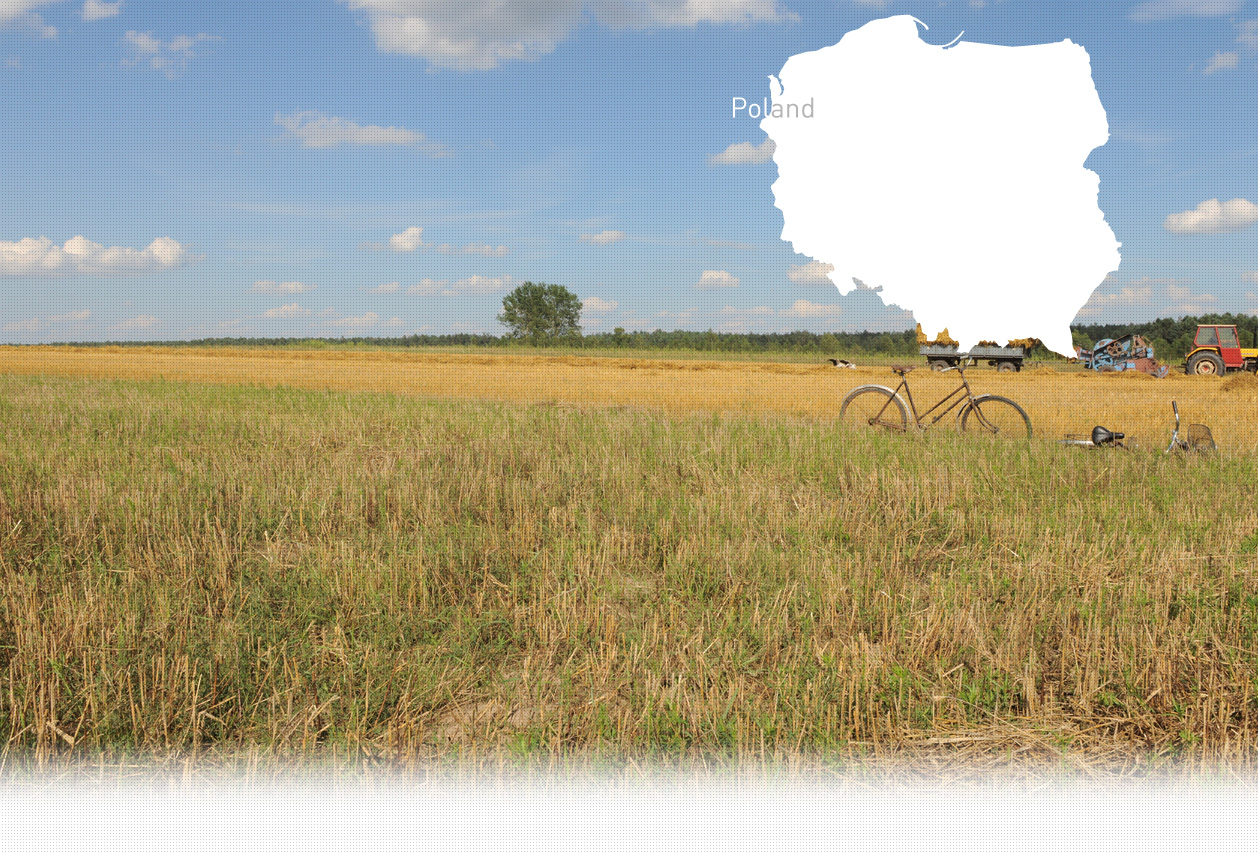

1 Killing site(s)
Romuald K., born in 1930: “They started to persecute the Jews immediately after the occupation. Many of them were deported, but I don’t know where. Two ghettos were created. However, they didn’t really have to work. They had a distinctive sign on their sleeve. Germans didn’t like them. Some Jews were shot in the Jewish cemetery. I saw that because my father had a field nearby.” (Witness n°1030, interviewed in Włoszczowa, on May 25th, 2019)
1/ Date and place of execution: 1941, 1942.
2/ Type of execution: shooting.
3/ Data concerning the killed people:
Poles, Jews, foreigners: Jews.
How many people were killed: 17.
5/ Who made the execution: Gendarmes from Wloszczowa.
6/ Are the names of the perpetrators known: Hent, [illegible], Rabe, Klajmann and others.
[Questionnaire on mass executions and mass graves n°715 (Miejscowosc: Wloszczowa; Gmina: Wloszczowa; Powiat: Wloszczowa; Wojewodztwo: Kieleckie): RG-15.019 Reel #3 part 2]
Włoszczowa is located 54km west of Kielce. The first records about the Jewish community dates back to the 16th-17th centuries. They had a synagogue and their own cemetery. In 1790, 282 Jews lived in the town and by 1827, they represented half of the whole population. In 1890s, the Jews were the majority making up 71% of the total population. By 1921, the Jewish population dropped a little as they represented only 53% of the whole population. The majority of Jews lived off crafts and small scaled trade. According to Wieslaw J., born in 1933, interviewed by Yahad, they were also bakers, butchers, doctors, dentists and lawyers. Several companies such as the sawmill, steam mill, printing houses, and factory of agricultural machines were owned by Jews. On the eve of the war 2,700, Jews lived in the town comprising 42% of the total population.
Włoszczowa was occupied by Germans in September 1939. According to the local witnesses, the synagogue was destroyed during the first days of the occupation. A number of refugees from the nearby town such as Szczekociny and Przedlborz, arrived in Włoszczowa. The first shootings were conducted on November, 20th 1939, when 7 Jews were shot at the Jewish cemetery.
A fenced ghetto, gathering about 4,000 Jews, was created in early July 1940. The ghetto consisted of two parts: northern and southern, which was confirmed by local witnesses who referred to them as two different ghettos. The ghettos were guarded by Jewish police and Ukrainian auxiliary forces. Special signs were hung throughout the streets written in Polish and German forbidding the Jews to leave the territory under the threat of death. Many Jewish inmates died due to hunger, bad living conditions, and typhus epidemics. The Jews fit to work were subjected to forced labor either in or near Włoszczowa or were taken to different labor camps like one in Cieszanow. During the existence of the ghetto, the inmates had to pay contributions systematically. In the source of 1941-1942, there were several isolated killings of the Jews who attempted to escape or were caught outside the ghettos. They were killed either in their homes or on the streets or taken to the Jewish cemetery. The Polish archives claim about 100 victims killed during this period. As of February 1942, 4,279 Jews lived in the ghetto including 1,654 refugees from Lodz, Przedborz, Szczekocin, and Wielkopolska.
In the summer of 1942, several dozens of Jews were displaced to the Hugo Schneider AG labor camp in Skarzysko-Kamienna. The ghetto was liquidated in mid- September 1942. During the liquidation, the majority of Jews were rounded-up at the market place, and then taken to the railway station from which they were deported to Treblinka. About a hundred Jews, mostly rich or those who had privileges were kept in the ghetto until they were murdered in the course of several executions conducted in March 1943, or late October 1943 at the Jewish cemetery. About 75 Jews managed to survive the war.
Do you have additional information regarding a village that you would like to share with Yahad ?
Please contact us at contact@yahadinunum.org
or by calling Yahad – In Unum at +33 (0) 1 53 20 13 17